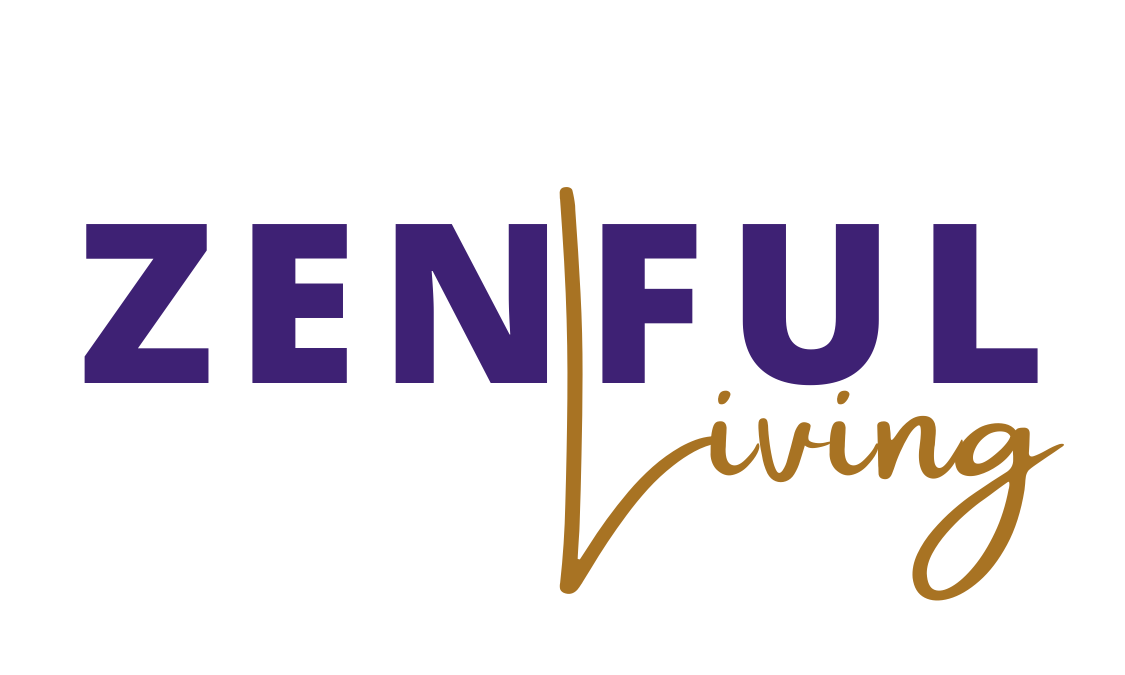Sticks and stones don’t have anything on shame, gaslighting, and punitive parenting.
Neuroscience shows us that our words matter. In fact, they have a direct impact on a child’s developing brain. Imaging shows that emotional pain lights up the same areas of the brain as physical pain, and both types decrease the gray matter of the brain (which is the part responsible for self-discipline and regulation).
Our words have the power to cripple, shrink, and wound, but they also have the power to build up our children, nurture and guide them.
I remember being told to THINK before I speak — to pause long enough that I might consider if what I am about to say is True, Helpful, Inspiring, Necessary, or Kind. This skill is particularly helpful in parenting, because the words we say last long past the circumstance, shaping the circuits kids form and the way they view themselves, future relationships, and the world.
It is these 5 phrases, spoken by well-intended parents, that tend to miss the mark on paving pathways for self-discipline and regulation, and what to say instead.
“YOU SHOULD BE ASHAMED OF YOURSELF.”
This phrase is often said to induce guilt in hopes of reforming a child’s behavior. The thing is, more often than not, the behavior we seek to change is developmental, and we cannot punish a child’s brain into developing more quickly.
Shame is a learned emotion, and it is most debilitating when it comes from those we are closest to. When we shame our children, they begin to associate their feelings and behaviors as their identity. Being “good” becomes reliant on feeling pleasant emotions and acting in ways that are desirable and convenient. Unpleasant emotions and mistakes (both of which are vital for learning and growing) become a scarlet letter for being “bad.”
WHAT TO SAY INSTEAD: “YOU ARE A GOOD KID HAVING A HARD TIME. I AM HERE FOR YOU.”
Children want to feel worthy of love. They want to fit into their family system. And they need to feel safe and connected. This is the environment in which a child’s developing brain thrives.
Children behave the way they feel, and by letting them know that we see something feels hard and that their behavior isn’t definitive of who they are, we affirm their goodness during challenging moments. When we guide and support children through their big emotions and behaviors, these challenging moments become learning opportunities where they can practice noticing and naming how they feel and strategies for channeling the feeling sensations that ultimately lead to “defiant” behaviors. When children learn how to do this with your help (aka co-regulation), it paves the way for self-regulation down the road.
“EVERYTHING IS OKAY. STOP WORRYING.”
If I had a penny for every time someone told their child, “You’re fine” after they tumble and get hurt or when their child breaks into tears, I could end our country’s debt. I am joking … but also I am not.
Saying that everything is okay is often an automatic response when we don’t know what to say or do to comfort our child. Our child’s unpleasant emotions can bring up unpleasant emotions in us. And feeling uncomfortable is … well … uncomfortable. So, what do we do? We attempt to make their discomfort go away, which in return, decreases our own.
But, here’s the thing, your child is already upset. They are already not feeling fine. So when we tell them they are fine when they aren’t feeling that way, it jumbles up their internal messages and dampens their intuition.
When we attempt to fix or stop their emotions from flowing, their emotions are unable to fully release (or process) and the emotional tension builds up until emotions (and ultimately undesirable behaviors) stack.
WHAT TO SAY INSTEAD: “IT SOUNDS LIKE SOMETHING DOESN’T FEEL GOOD TO YOU. I AM LISTENING.”
It is important to teach our kids how to live in the world that exists, not the one we wished existed. How do we learn to support our child’s discomfort without changing it? It starts with getting comfortable with our own.
Our children don’t need us to fill the space of silence or make it stop or move them along to the next pleasant emotion. They need us to help them sit where they are and feel what they feel. They need us to listen, empathize and give an opportunity to process and integrate their experience. In learning to accept and regulate their emotions, they can then access skills for problem-solving, creative thinking, and other executive functioning to help them navigate and blossom in their world.
“DO IT BECAUSE I SAID SO.”
“Because I said so” isn’t a reason for a child to do something. And when we teach them to suppress their wants, needs, and desires or to lessen their boundaries for someone else’s, we enter a pretty slippery slope. Think ahead beyond toddler years. For this child, it becomes harder not to fall in line with peer pressure or say no to an uncomfortable situation. Or they go in the complete opposite direction and they meet your power with their own, creating power struggles where neither party feels seen or heard.
WHAT TO SAY INSTEAD: “I CAN SEE THAT YOU WANT/FEEL . AT THE SAME TIME, .”
Let me give you an example here. “I can see that you want to run across the street. You feel so excited to get to the playground. I am excited too. At the same time, it is my job to keep us safe. You can hold onto my hand or the stroller as we cross.”
It is our child’s birthright to feel whatever feelings they feel. When we, as parents and caregivers, learn to validate all emotions and set empathetic limits around some behaviors, we are able to respectfully and firmly guide our children. Here, they learn important lessons:
All emotions are safe to feel and express
My wants and desires are important to my parent or caregiver
I can count on my parent or caregiver to set boundaries to guide (not control) me
Children who feel safe can learn. Help your child understand the why behind your limit as you validate their emotions around it. Not only does this nourish their brain development, but your relationship, too.
“YOU MAKE ME SO FRUSTRATED!”
“What’s wrong with this one?! I am sharing my feelings!,” some will say.
Perhaps that is the intent, however it moves past sharing and takes a turn at shaming. Statements like this ask our children to lessen their boundaries to take on our emotions.
But, here’s the thing (and it is a big one), our children are not responsible for our feelings, and it is not their job to regulate us. While the things they do can influence how we feel, they cannot make us feel anything. This is an important distinction that will shape how they view all future relationships.
WHAT TO SAY INSTEAD: “I FEEL FRUSTRATED WHEN I _.”
I will give an example. “I feel frustrated when I see toys all over the floor. How will we figure this out together?”
Using “I feel” statements moves us away from the victim mentality and back into our powerful place. This says, “I have these feelings because this thing happened. My feelings are my own, and I am going to set a boundary for me, and you can feel how you feel about it.”
You and your child are two separate beings with your own triggers, emotions, and responses. In modeling how to notice and label feelings and problem-solve through conflict, your child will create neural circuits for these skills, too (which means they will be able to replicate them later on).
“I LOVE YOU BUT I DON’T LIKE YOU RIGHT NOW.”
This statement can be pretty harmful to a developing brain. This goes back to the whole, “You are good when you do good and bad when you do bad” thing. Our children are not their behaviors. I repeat: Our children are not their behaviors.
WHAT TO SAY INSTEAD: “I LOVE YOU AND I DON’T LIKE YOUR BEHAVIOR RIGHT NOW.”
Merely switching a “but” for an “and” and a “you” for a “behavior” completely changes the message.
None of us are perfect parents. We will regrettably say and do things that we wish we could take back. That is part of being human. Our kids are human, too. This is how we are wired to learn and grow. It is by design.
Making Time-Ins a family ritual helps bridge the gap and connect you and your child as you both learn to work through big emotions, make relationship repairs as needed, and celebrate your humanness together.
Our children are not the only ones with evolving brains here. We are adapting and healing and growing, too.
This story originally appeared at GenMindful

Zenfull Living is a portal of life-friendly information moving us into an alternative reality of all things natural and life-sustaining.

